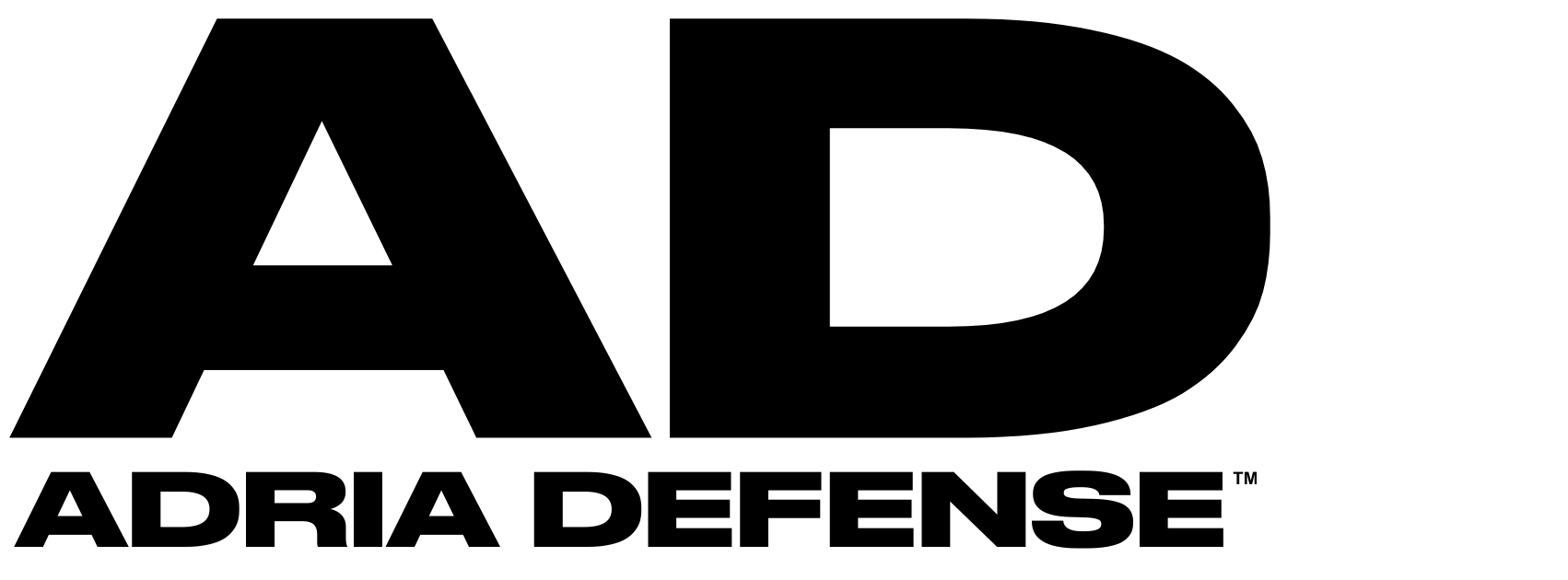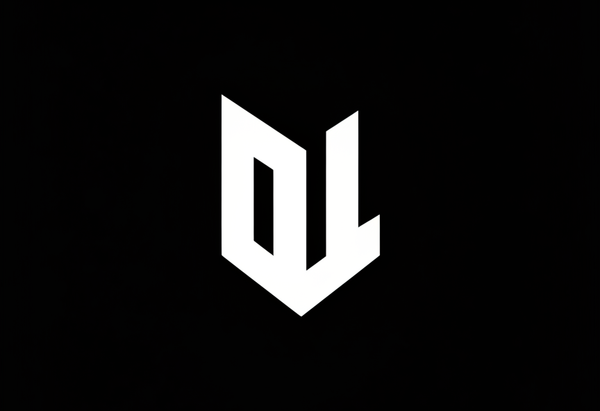Canada Launches Defence Investment Agency to Overhaul Military Procurement and Boost Industrial Capacity
Canada has launched the Defence Investment Agency, a centralized body to modernize military procurement, boost industrial capacity, and align defense spending with NATO targets.

OTTAWA — Canada has unveiled a sweeping reform of its defense procurement system with the creation of the Defence Investment Agency, a centralized body designed to streamline acquisitions, accelerate project approvals, and strengthen ties between the armed forces and domestic industry.
The new agency will consolidate oversight across departments and establish a single point of coordination for major defense programs, addressing long-standing delays and inefficiencies that have hindered Canada’s ability to modernize its military.
According to officials, the Defence Investment Agency will prioritize early collaboration between the Canadian Armed Forces and local manufacturers to align operational needs with industrial capacity. This approach aims to ensure that projects are both strategically relevant and economically beneficial, delivering equipment on time while creating jobs and enhancing national resilience.
“Canada is rebuilding, rearming, and reinvesting in our military,” said Joël Lightbound, Minister of Government Transformation, Public Works and Procurement. “This agency marks a bold step toward a modern, agile procurement system that meets the demands of today’s security environment and tomorrow’s threats.”
Industrial Policy Meets Defense Strategy
The agency will also oversee investments in dual-use infrastructure—facilities that serve both military and civilian purposes—alongside programs to bolster Canada’s aerospace, shipbuilding, and advanced manufacturing sectors.
By integrating defense projects into industrial policy, Ottawa hopes to sharpen the global competitiveness of Canadian firms and reduce reliance on foreign supply chains, a priority underscored by global conflicts and shifting geopolitical alliances.
Officials say the agency will work closely with allies including the United Kingdom, Australia, France, and key European partners to coordinate procurement, harmonize standards, and strengthen allied supply networks.
Meeting NATO Commitments
The reform comes as Prime Minister Mark Carney’s government moves to meet NATO’s defense spending target of 2 percent of GDP by year’s end, with a longer-term ambition of reaching 5 percent by 2035.
In August, Ottawa announced a multi-billion-dollar spending package featuring pay raises for soldiers—including a 20 percent increase for junior ranks—and new investments in surveillance, cyber defense, and advanced munitions.
Carney, who took office in April, has repeatedly stressed that Canada’s military remains under-equipped to face emerging threats ranging from Arctic security to cyber warfare.
A Cultural Shift in Procurement
Analysts say the Defence Investment Agency represents more than bureaucratic restructuring—it signals a cultural shifttoward strategic foresight and industrial sovereignty.
“By embedding defense planning into industrial policy, Canada is positioning itself as both a reliable ally and a self-reliant producer of critical systems,” said a defense industry consultant familiar with the reforms.
With defense budgets rising across NATO and global demand for advanced systems soaring, Ottawa’s move may serve as a model for mid-sized powers seeking to balance alliance commitments with national industrial goals.





